Home>Articles>How Much Does It Cost To Get Insulation Blown In Attic
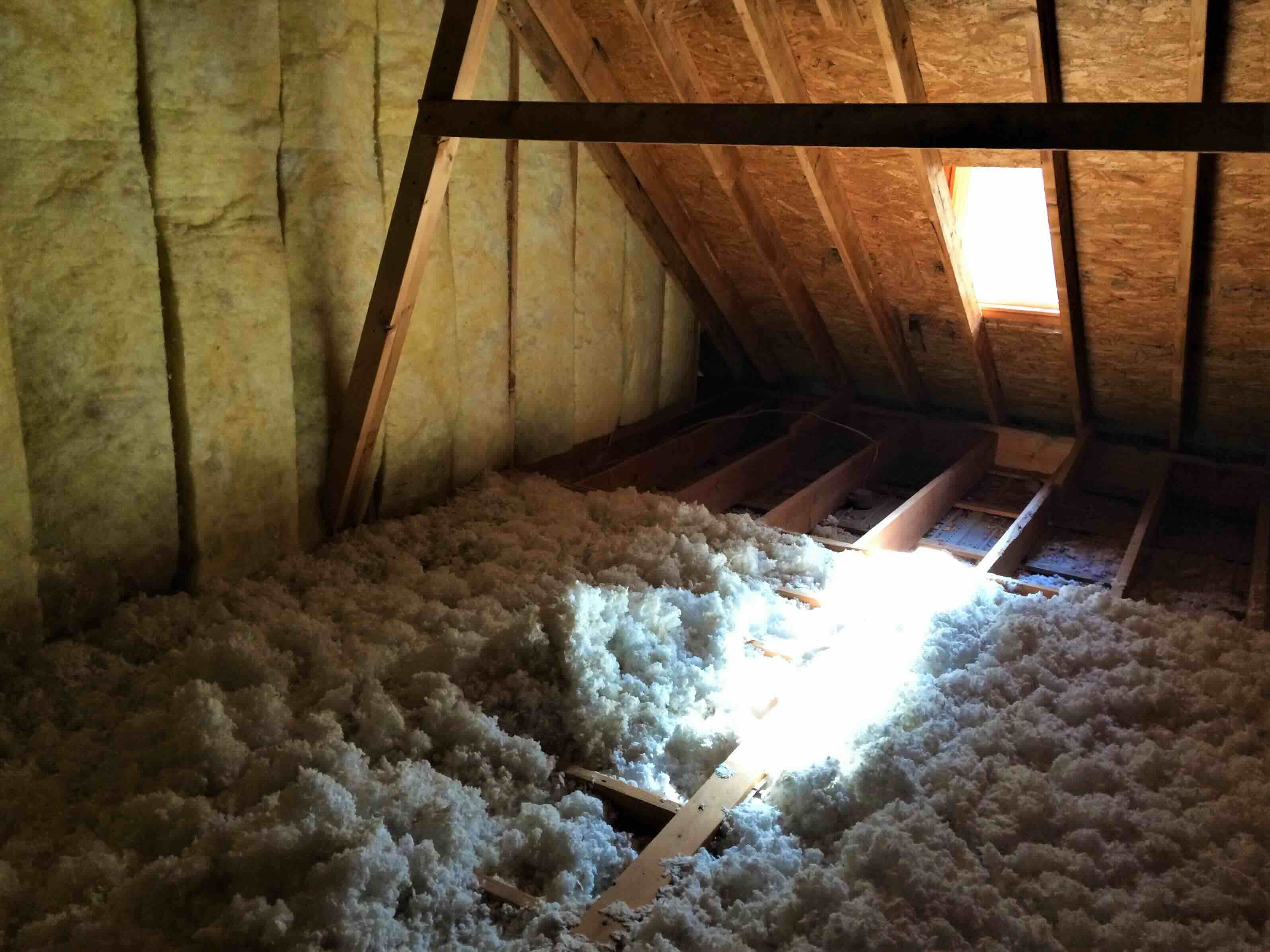

Articles
How Much Does It Cost To Get Insulation Blown In Attic
Modified: August 16, 2024
Find out how much it costs to have insulation blown in your attic with our informative articles. Maximize energy efficiency and savings.
(Many of the links in this article redirect to a specific reviewed product. Your purchase of these products through affiliate links helps to generate commission for Storables.com, at no extra cost. Learn more)
Introduction
When it comes to maintaining a comfortable and energy-efficient home, proper insulation is of utmost importance. An adequately insulated attic can help regulate temperature, improve energy efficiency, and reduce heating and cooling costs. One popular method of insulating attics is through blown-in insulation, also known as loose-fill insulation.
Blown-in insulation involves using a machine to blow insulation material, such as fiberglass, cellulose, or mineral wool, into the attic. This method offers several benefits, including better coverage and the ability to reach tight spaces and irregularly shaped areas.
Before considering getting insulation blown in your attic, it’s essential to understand the factors that can affect the cost of the project. In this article, we will explore the various elements that influence the cost, the different types of insulation materials available, and how to determine the amount of insulation needed. Additionally, we’ll discuss the pros and cons of hiring a professional contractor versus doing the installation yourself.
By gaining a comprehensive understanding of these aspects, you can make an informed decision about the most cost-effective and efficient way to insulate your attic.
Key Takeaways:
- Blown-in attic insulation offers energy efficiency, comfort, and cost savings. Factors like insulation material, attic size, and professional vs. DIY installation impact the overall cost and effectiveness.
- Proper insulation enhances indoor air quality, reduces noise, and increases property value. Consider additional costs like insulation removal and ventilation to ensure a successful blown-in insulation project.
Factors Affecting the Cost of Insulation Blown in Attic
Several factors come into play when determining the overall cost of getting insulation blown in your attic. Understanding these factors can help you estimate and plan your budget accordingly. Here are the key elements that can affect the cost:
- Size of the Attic: The size of your attic is one of the primary factors that determine the amount of insulation material needed. Larger attics will require more insulation, resulting in higher material costs.
- Type of Insulation Material: The type of insulation material you choose can significantly impact the cost. Common options for blown-in attic insulation include fiberglass, cellulose, and mineral wool. Each material has its own advantages and cost considerations.
- Insulation Thickness: The desired insulation thickness also plays a role in determining the total cost. Thicker insulation provides better thermal resistance but can increase the material cost and labor required during installation.
- Accessibility of the Attic: The ease of access to your attic can influence the cost. If your attic is difficult to reach or has limited space, it may require additional labor or specialized equipment, which can increase the overall project cost.
- Existing Insulation Removal: If there is already insulation in your attic that needs to be removed before installing new blown-in insulation, this can add to the overall cost. The time, effort, and disposal fees associated with removing the old insulation will need to be taken into account.
- Regional Pricing and Labor Costs: The cost of insulation installation can vary depending on your location. Labor costs, including the rates charged by insulation contractors, can differ from one region to another. It’s essential to research local pricing trends to get an accurate estimate.
- Additional Preparatory Work: In some cases, certain preparatory work may be required before installing blown-in insulation. This can include sealing air leaks, adding vapor barriers, or repairing any damaged areas. The need for such additional work can impact the overall cost.
It’s important to note that these factors can vary depending on your specific circumstances and the requirements of your attic. Consulting with a professional insulation contractor can provide you with a more precise estimate based on your individual needs.
Types of Insulation Materials
When it comes to blown-in insulation for attics, there are several types of insulation materials to choose from. Each material has its unique properties, benefits, and cost considerations. Here are the most commonly used insulation materials:
- Fiberglass: Fiberglass insulation is one of the most popular choices for blown-in attic insulation. It is made from fine glass fibers and is known for its excellent thermal performance. Fiberglass insulation is naturally fire-resistant and does not provide a favorable environment for pests or mold growth. It is also lightweight, non-toxic, and relatively affordable.
- Cellulose: Cellulose insulation is made from recycled paper, typically treated with fire-retardant chemicals. It is an eco-friendly choice that offers good thermal resistance. Cellulose insulation is known for its ability to reduce sound transfer and is often used in attics for both thermal and acoustic insulation. While cellulose insulation may have a higher initial cost than fiberglass, it can offer better energy savings in the long run.
- Mineral Wool: Mineral wool, also known as rock wool or slag wool, is made from natural minerals such as basalt or recycled materials like steel slag. It offers excellent fire resistance and is highly durable. Mineral wool insulation is resistant to pests, mold, and moisture, making it a suitable choice for attics in humid climates. However, mineral wool can be more expensive than fiberglass or cellulose.
- Spray Foam: While not a traditional blown-in insulation material, spray foam insulation is worth mentioning. It is applied as a liquid that expands and hardens into a foam, providing a seamless, airtight barrier. Spray foam insulation offers superior thermal resistance and effectively seals air leaks, making it highly energy-efficient. However, it tends to be more expensive than other insulation materials.
It’s essential to consider factors such as insulation effectiveness, budget, and environmental impact when choosing the right insulation material for your attic. Consulting with an insulation professional can help you determine the best option based on your specific needs and budgetary constraints.
Determining the Amount of Insulation Needed
Accurately determining the amount of insulation needed for your attic is crucial to ensure optimal performance and energy efficiency. The right amount of insulation will provide adequate thermal resistance and help you save on heating and cooling costs. Here are the steps to determine the amount of insulation needed:
- Check Local Building Codes: Start by checking the local building codes or consulting with a professional insulation contractor to determine the recommended R-value for your area. The R-value is a measure of thermal resistance, and it varies depending on climate conditions and local regulations.
- Measure Existing Insulation: If there is already insulation in your attic, measure its depth or thickness. This measurement will give you a baseline for determining how much more insulation is required to achieve the desired R-value.
- Calculate Required R-value: Determine the target R-value you need to achieve based on local building codes and energy efficiency guidelines. The higher the R-value, the greater the insulation’s thermal resistance.
- Use an Insulation Calculator: There are online insulation calculators available that can help you calculate the amount of insulation material needed based on various factors, including attic size, desired R-value, and insulation type. These calculators take into account the specific properties of different insulation materials to provide accurate estimates.
- Consider Insulation Distribution: In addition to the overall amount of insulation, pay attention to the distribution. Different areas of the attic may require different insulation thicknesses or materials, depending on factors such as air leakage, heat transfer, and access points.
- Consult with a Professional: For complex attic structures or if you are unsure about the calculations, it’s advisable to consult with a professional insulation contractor. They have the experience and expertise to accurately determine the required amount of insulation for your specific attic.
Keep in mind that proper insulation installation is crucial for achieving the desired energy efficiency and comfort. Consulting a professional insulation contractor can ensure that the insulation is installed correctly and meets all the necessary requirements.
Hiring a Professional vs. DIY Insulation Installation
When it comes to insulation installation, you have the option to hire a professional contractor or tackle the project as a do-it-yourself (DIY) endeavor. Each approach has its advantages and considerations. Let’s explore the pros and cons of hiring a professional versus doing the insulation installation yourself:
Hiring a Professional:
- Expertise and Experience: Professional insulation contractors have the necessary expertise and experience to handle insulation installation efficiently and effectively. They are well-versed in local building codes and regulations, ensuring that the installation meets all the necessary requirements.
- Quality Workmanship: Professionals can provide high-quality workmanship, ensuring that the insulation is installed correctly for optimal performance. They have the knowledge to tackle potential challenges and address any issues that may arise during the installation process.
- Time and Convenience: Hiring a professional saves you time and effort. They will take care of all aspects of the installation, including preparing the attic, handling the insulation materials, and cleaning up afterward. This allows you to focus on other priorities or activities.
- Warranty and Guarantees: Reputable insulation contractors often offer warranties or guarantees on their work. This means that if any issues arise with the insulation, they will come back and rectify the problem at no additional cost to you.
DIY Insulation Installation:
- Cost Savings: One key advantage of DIY insulation installation is the potential for cost savings. By taking on the project yourself, you can avoid labor costs associated with hiring a professional contractor. However, it’s important to consider whether the savings outweigh the potential risks and challenges.
- Learning Opportunity: Installing insulation yourself can provide a valuable learning opportunity. You can gain insight into the process, become familiar with the materials and techniques involved, and develop new skills along the way.
- Control and Flexibility: DIY installation allows you to have complete control over the project. You can work at your own pace, make adjustments as needed, and have direct involvement in every step of the process.
- Limitations and Risk Factors: It’s important to recognize that DIY insulation installation may come with certain limitations and risk factors. These include potential safety hazards, lack of specialized tools or equipment, and the possibility of inadequate insulation or improper installation.
Ultimately, the decision to hire a professional or do it yourself depends on factors such as your budget, comfort level with DIY projects, time availability, and the complexity of your attic structure. It’s always a good idea to consult with professionals to get multiple quotes and weigh the pros and cons before making a decision.
Make sure to properly air seal your attic before getting insulation blown in. This will help maximize the effectiveness of the insulation and prevent air leaks.
Read more: How To Remove Blown-in Insulation In Attic
Cost of Hiring a Professional Insulation Contractor
When considering hiring a professional insulation contractor for blown-in attic insulation, it’s important to understand the cost factors involved. The cost of hiring a professional can vary depending on various factors and the specific details of your project. Here are some factors that can influence the cost:
- Size of the Attic: The size of your attic is a significant factor in determining the cost. Larger attics require more insulation material and may involve additional labor, resulting in higher overall costs.
- Type of Insulation Material: The type of insulation material you choose can affect the cost. Each insulation material has different pricing, with fiberglass generally being more affordable compared to cellulose or mineral wool. Specialty materials like spray foam insulation tend to be more expensive.
- Insulation Thickness: The desired insulation thickness can impact the cost. Thicker insulation can provide better thermal resistance, but it requires more material and labor, which can increase the overall cost of the project.
- Accessibility of the Attic: The complexity of accessing your attic can influence the cost. If your attic has limited access points, is difficult to maneuver, or requires special equipment to reach, it may increase the labor time and overall cost.
- Additional Preparatory Work: If there is existing insulation that needs to be removed or if any repairs or modifications are needed before the new insulation can be installed, it can add to the overall cost. This includes tasks like sealing air leaks, adding vapor barriers, or repairing damaged areas.
- Regional Pricing and Labor Costs: The cost of hiring a professional insulation contractor can vary depending on your location. Labor rates and regional pricing differences can influence the overall cost. It’s important to research local pricing trends and gather multiple quotes from contractors to get a sense of the average cost in your area.
While specific pricing will vary based on these factors, the average cost of hiring a professional insulation contractor for blown-in attic insulation ranges between $1.50 to $3.50 per square foot. This estimate typically includes both materials and labor.
It’s important to note that additional services, such as insulation removal, air sealing, or mold remediation, may incur extra charges. Make sure to discuss these details with the contractor during the initial consultation to get a comprehensive price quote.
When hiring a professional insulation contractor, it’s advisable to get multiple quotes from reputable companies. Compare the prices and services offered, and consider the contractor’s experience, credentials, and customer reviews. By doing so, you can make an informed decision that suits your budget and ensures a quality insulation installation.
Cost of DIY Insulation Installation
Opting for a do-it-yourself (DIY) insulation installation can be a cost-effective approach if you have the necessary skills and time to dedicate to the project. DIY insulation allows you to save on labor costs; however, there are still some costs to consider. Here are the key expenses associated with DIY insulation installation:
- Insulation Material: The cost of insulation material will be a significant part of your DIY project budget. The specific type and quantity of insulation material will depend on the size of your attic, desired R-value, and personal preference. It’s important to research and compare prices to find the most suitable insulation material within your budget.
- Equipment and Tools: DIY insulation installation will require specific equipment and tools for preparation, installation, and safety. This may include items such as protective gear (goggles, gloves, masks), insulation blowing machine or rental equipment, utility knives, tape measures, and staple guns. Consider the cost of purchasing or renting these tools when calculating your DIY insulation budget.
- Safety Precautions: Safety should be a top priority during any insulation installation. You may need to invest in safety equipment such as sturdy ladders, harnesses, or scaffolding, depending on the complexity of the attic and the accessibility required during the installation process.
- Insulation Accessories: Depending on your specific attic requirements, you may need additional accessories such as vents, baffles, or dam barriers to ensure proper airflow and moisture control. These accessories can add to the overall cost, so factor them into your budget if necessary.
- Knowledge and Skills: DIY insulation installation requires a certain level of knowledge and skills to ensure proper installation. If you are new to insulation installation, consider investing in educational resources or seeking guidance from professionals to learn the proper techniques. This expense should be taken into account, especially if you value the quality and effectiveness of your insulation installation.
It’s important to note that although DIY insulation installation can initially save you on labor costs, there is a potential risk of improper installation if not done correctly. Inadequate insulation or gaps can lead to decreased energy efficiency and potential damage to your property. It’s crucial to thoroughly educate yourself on the proper techniques and take necessary precautions to ensure a successful installation.
While the overall cost of DIY insulation installation will vary based on your specific needs and the type of insulation material chosen, it can typically range from $0.50 to $1.50 per square foot, considering the materials and equipment costs mentioned above.
Remember to calculate all the expenses and take into account your skill level, available time, and the complexity of the insulation installation. If you’re unsure about tackling the project yourself, it’s recommended to consult with a professional insulation contractor to ensure the job is completed correctly and efficiently.
Additional Costs to Consider
When planning for blown-in insulation in your attic, it’s essential to consider any additional costs that may arise throughout the project. These costs can vary depending on the specific requirements of your attic and the condition of your home. Here are some additional costs to consider:
- Insulation Removal: If your attic has existing insulation that needs to be removed before installing new blown-in insulation, there may be additional costs associated with the removal process. Insulation removal may require specialized equipment or labor, especially if the existing insulation contains hazardous materials like asbestos.
- Air Sealing: Ensuring a well-sealed attic is crucial for optimal energy efficiency. Consider the cost of air sealing measures, such as caulking, weatherstripping, or foam sealants, to reduce air leaks and improve insulation performance. Air sealing can help prevent heat loss or gain through gaps, cracks, or openings in the attic.
- Attic Ventilation: Proper ventilation is essential for attic health and performance. If your attic lacks adequate ventilation, you may need to invest in installing or upgrading ventilation systems, such as ridge vents, soffit vents, or attic fans. Ventilation helps prevent moisture buildup and removes excess heat, extending the lifespan of your insulation and protecting the integrity of your attic structure.
- Mold or Pest Remediation: If your attic has existing mold or pest issues, additional costs may be incurred to remediate the problems before the insulation installation. Mold removal or pest control services may be necessary to ensure a clean and healthy attic environment.
- Permit Fees: Depending on your local building regulations, you may need to obtain permits for the insulation installation. Permit fees can vary, so it’s important to check with your local building department to determine any potential costs associated with acquiring the necessary permits.
- Disposal Fees: If you are removing old insulation or debris from your attic, there may be disposal fees involved. Some municipalities charge for the proper disposal of insulation materials or waste, so it’s important to factor in these potential costs.
Each attic may have unique requirements, and additional costs will depend on your specific situation. It’s essential to assess your attic thoroughly, consult with professionals, and gather multiple quotes to get a comprehensive understanding of the total project cost.
By considering these additional costs upfront, you can avoid any unexpected financial surprises and plan your budget accordingly, ensuring a successful and hassle-free blown-in insulation installation in your attic.
Benefits of Getting Insulation Blown in Attic
Getting insulation blown into your attic offers several benefits that can enhance the comfort, energy efficiency, and overall value of your home. Here are some key advantages of getting insulation blown in your attic:
- Improved Energy Efficiency: Blown-in attic insulation creates a thermal barrier that helps prevent heat transfer. This means that in the winter, the insulation helps retain heat inside your home, while in the summer, it keeps the hot air out. As a result, your HVAC system doesn’t have to work as hard to maintain a comfortable temperature, leading to reduced energy consumption and lower utility bills.
- Enhanced Comfort: Proper insulation in your attic helps maintain more consistent temperatures throughout your home. It minimizes hot and cold spots, eliminates drafts, and reduces the likelihood of temperature fluctuations. With blown-in insulation, you can enjoy a comfortable living environment year-round.
- Noise Reduction: Insulation helps to reduce noise transmission within your home. Blown-in insulation, with its high-density composition, can effectively absorb sound waves, reducing exterior noise infiltration and improving the tranquility of your living space.
- Better Indoor Air Quality: Blown-in insulation can help improve indoor air quality by reducing the infiltration of outdoor pollutants, dust, and allergens. The insulation acts as a barrier, preventing these particles from entering your living areas, thereby creating a cleaner and healthier indoor environment.
- Increased Property Value: Installing blown-in insulation in your attic can increase the value of your home. Energy efficiency and eco-friendly features are increasingly sought after by homebuyers, and a well-insulated attic can be a selling point. Potential buyers recognize the long-term energy savings and improved comfort that come with a properly insulated home.
- Environmental Sustainability: Blown-in insulation is often made from recycled materials, such as fiberglass or cellulose, making it an environmentally friendly choice. By using these recycled materials, you contribute to reducing waste and promoting sustainability.
- Long-Term Cost Savings: While the upfront cost of insulation installation may require an investment, the long-term savings can outweigh the initial expense. With reduced energy consumption and lower utility bills, you can recoup your investment over time. Additionally, proper insulation can help extend the lifespan of your HVAC system by reducing its workload and potential wear and tear.
Overall, getting insulation blown into your attic is a smart investment that brings numerous benefits. It improves energy efficiency, enhances comfort, reduces noise, improves indoor air quality, increases property value, promotes sustainability, and offers long-term cost savings. Consult with a professional insulation contractor to determine the best insulation options for your attic and enjoy a more comfortable and energy-efficient home.
Conclusion
In summary, insulating your attic with blown-in insulation offers numerous benefits for your home. It improves energy efficiency, enhances comfort, reduces noise, improves indoor air quality, increases property value, promotes sustainability, and provides long-term cost savings. With a well-insulated attic, you can enjoy a more comfortable living environment while reducing your energy consumption and utility bills.
When considering blown-in insulation for your attic, it’s important to factor in various considerations. The size of your attic, type of insulation material, accessibility, and additional preparatory work are all factors that can affect the overall cost of the project. Depending on your budget and comfort level, you can choose between hiring a professional insulation contractor or tackling the installation yourself.
If you decide to hire a professional, make sure to gather multiple quotes and consider the expertise, experience, and reputation of the contractors. They will ensure that the insulation is installed correctly and meets all the necessary requirements. On the other hand, if you choose the DIY route, make sure to educate yourself on the proper techniques and take necessary safety precautions to ensure a successful installation.
Additionally, consider any additional costs that may arise, such as insulation removal, air sealing, attic ventilation, and potential permit fees. By accounting for these costs upfront, you can create a realistic budget for your blown-in insulation project.
Ultimately, blown-in attic insulation is a worthwhile investment that can improve your home’s energy efficiency, comfort, and value. To ensure the best outcome, consult with insulation professionals, gather multiple quotes, and carefully consider your specific needs and circumstances. With proper insulation in your attic, you can enjoy a more sustainable, comfortable, and cost-efficient home for years to come.
Frequently Asked Questions about How Much Does It Cost To Get Insulation Blown In Attic
Was this page helpful?
At Storables.com, we guarantee accurate and reliable information. Our content, validated by Expert Board Contributors, is crafted following stringent Editorial Policies. We're committed to providing you with well-researched, expert-backed insights for all your informational needs.
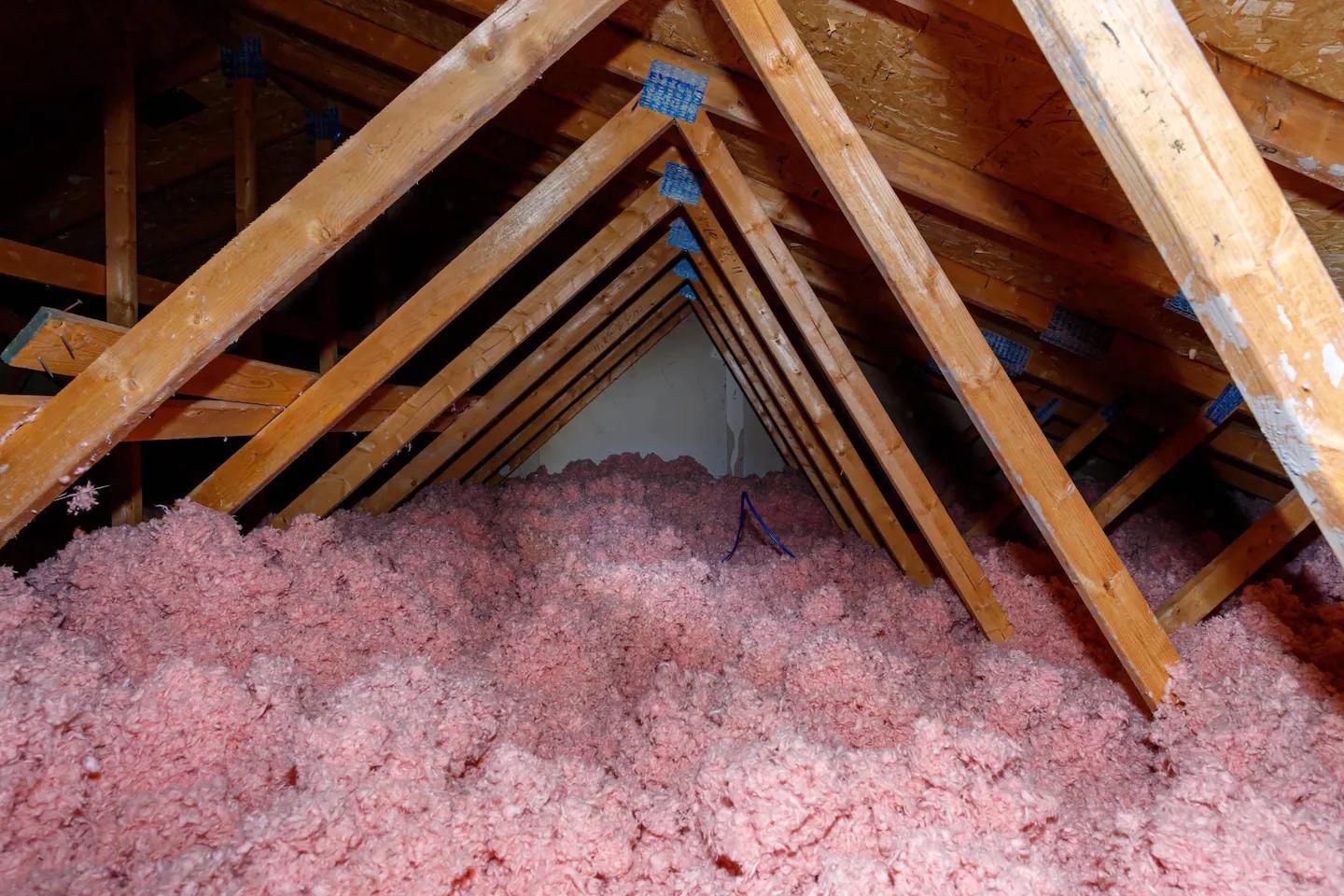
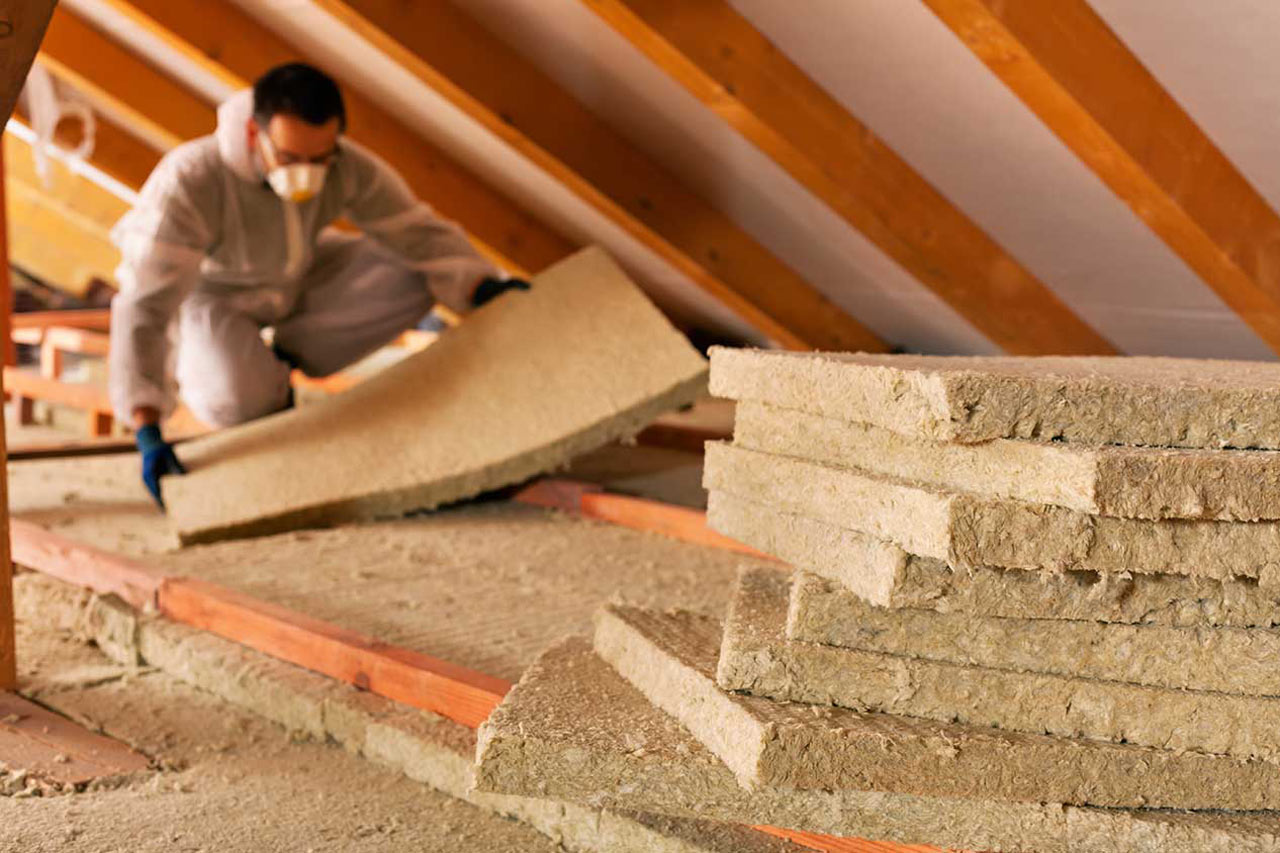
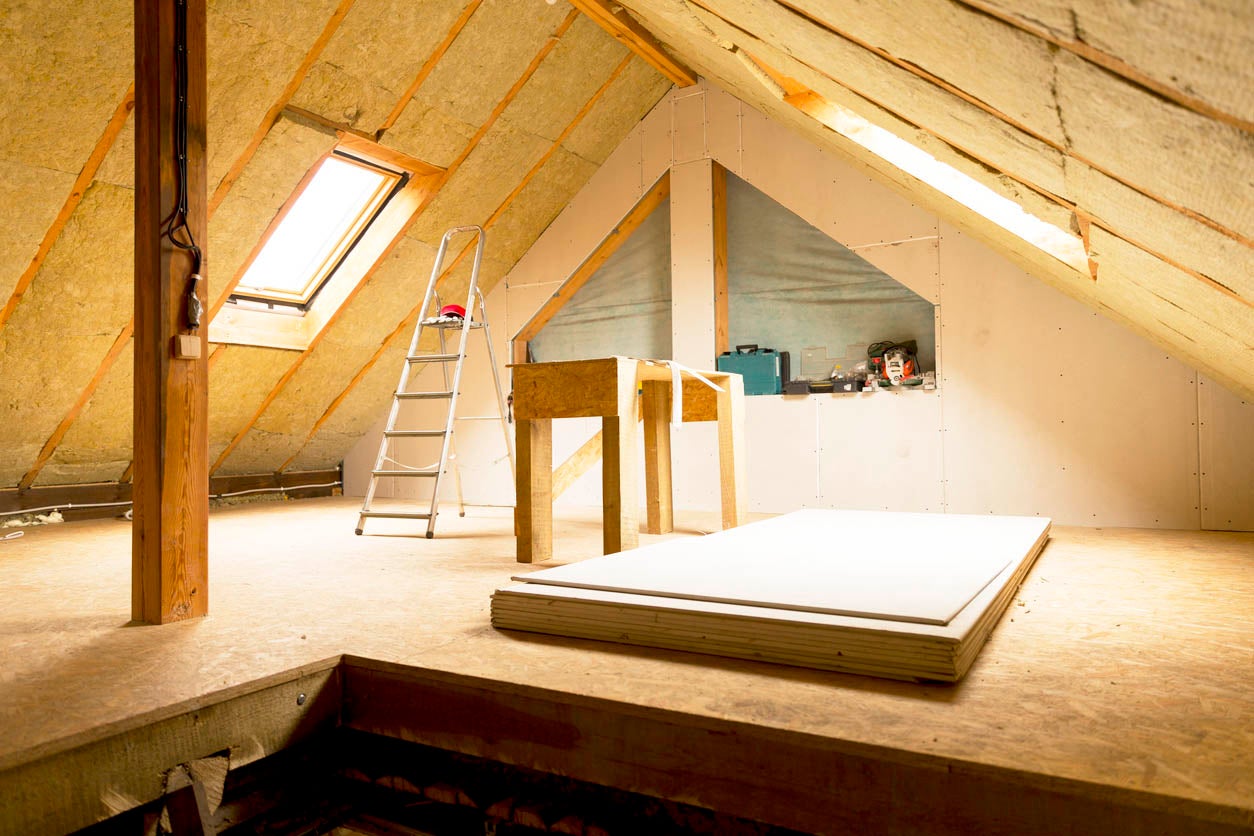
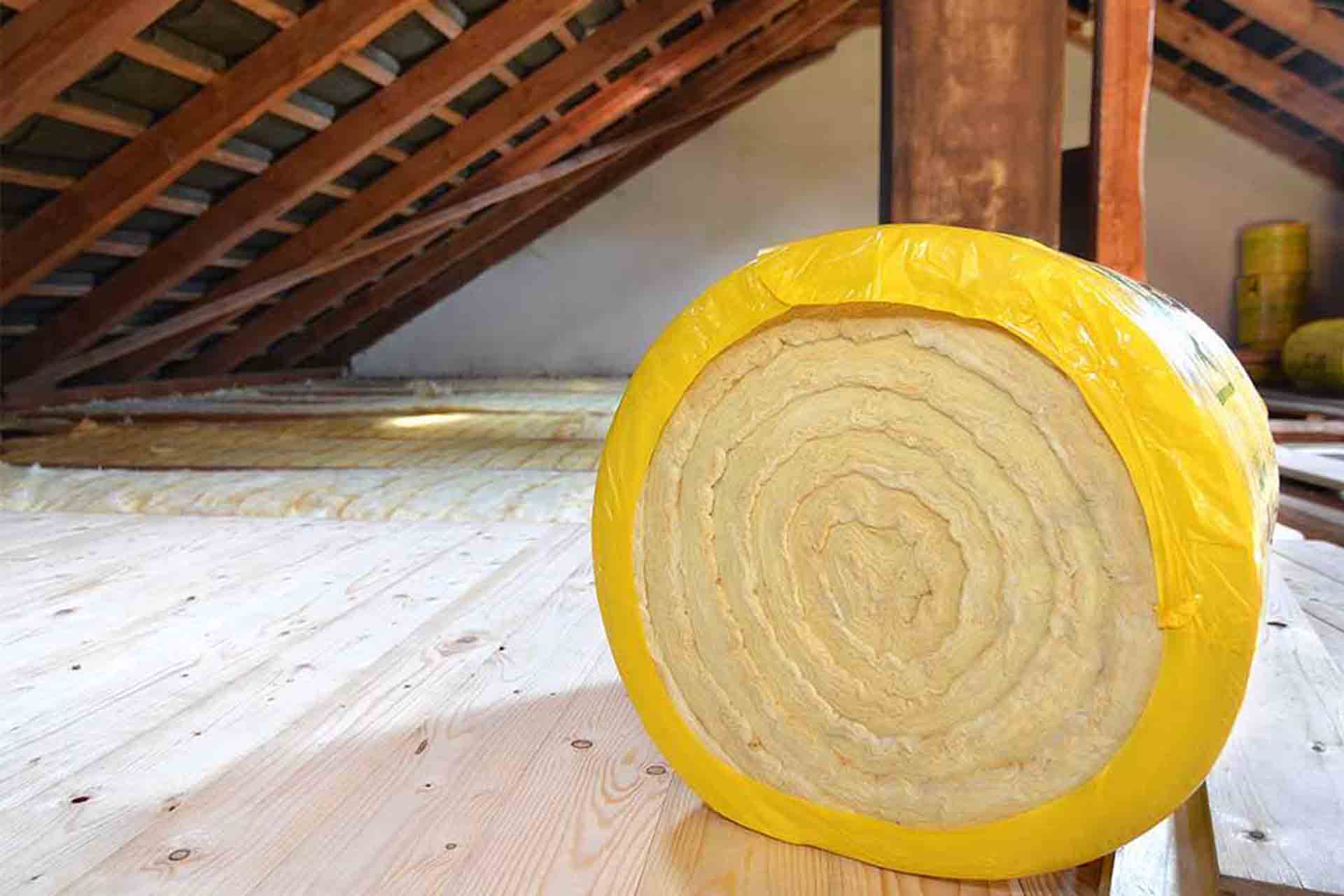
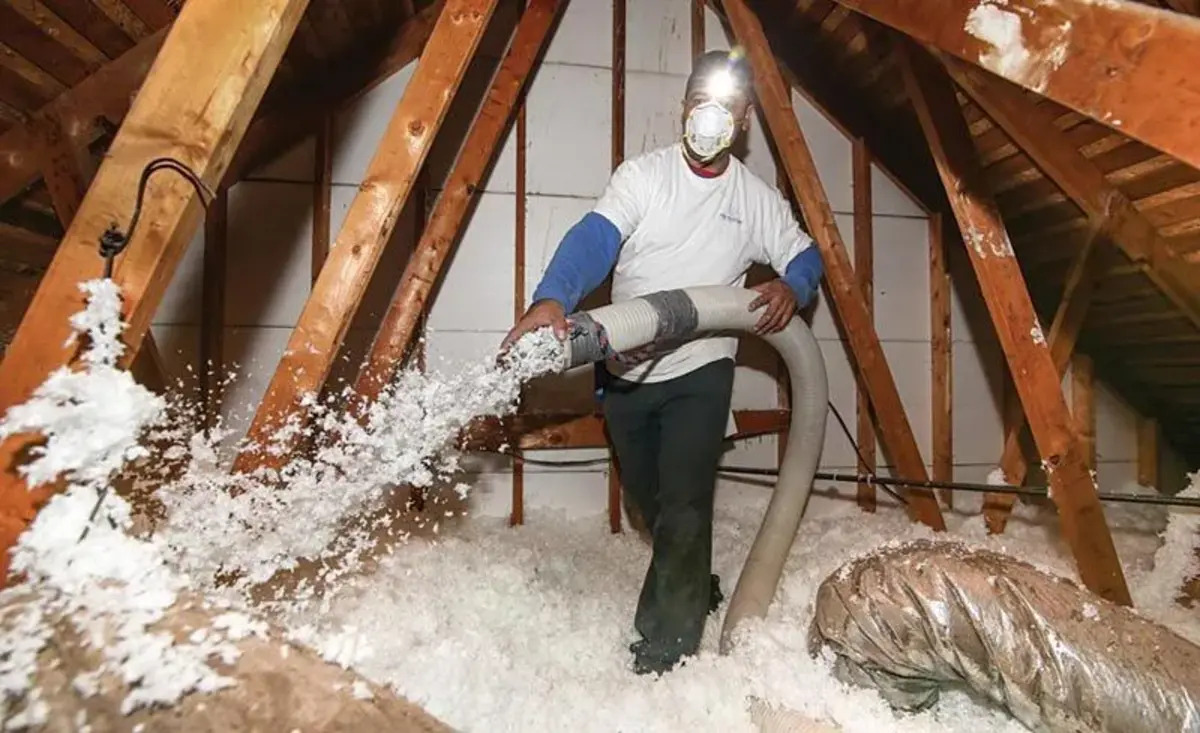
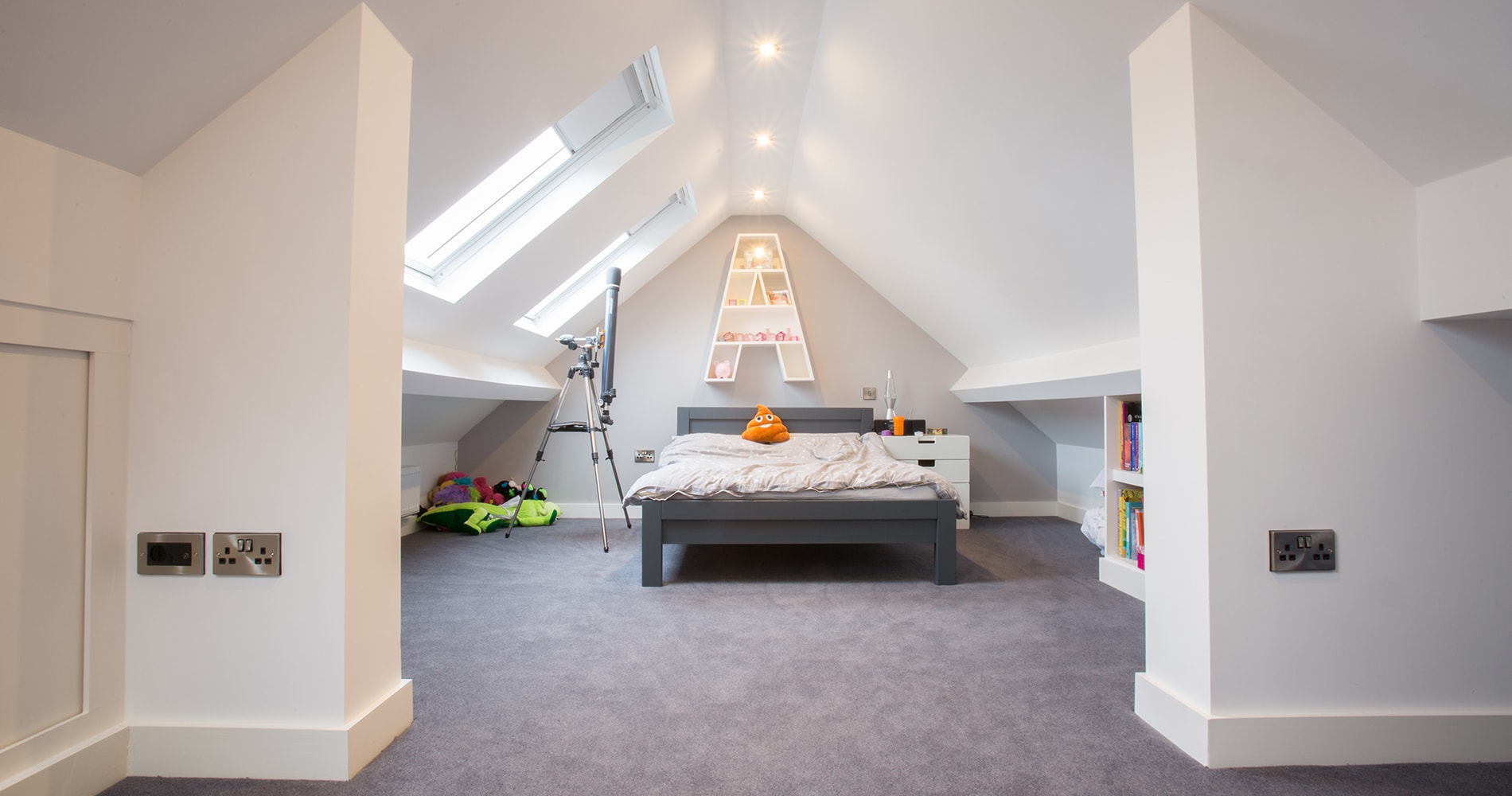
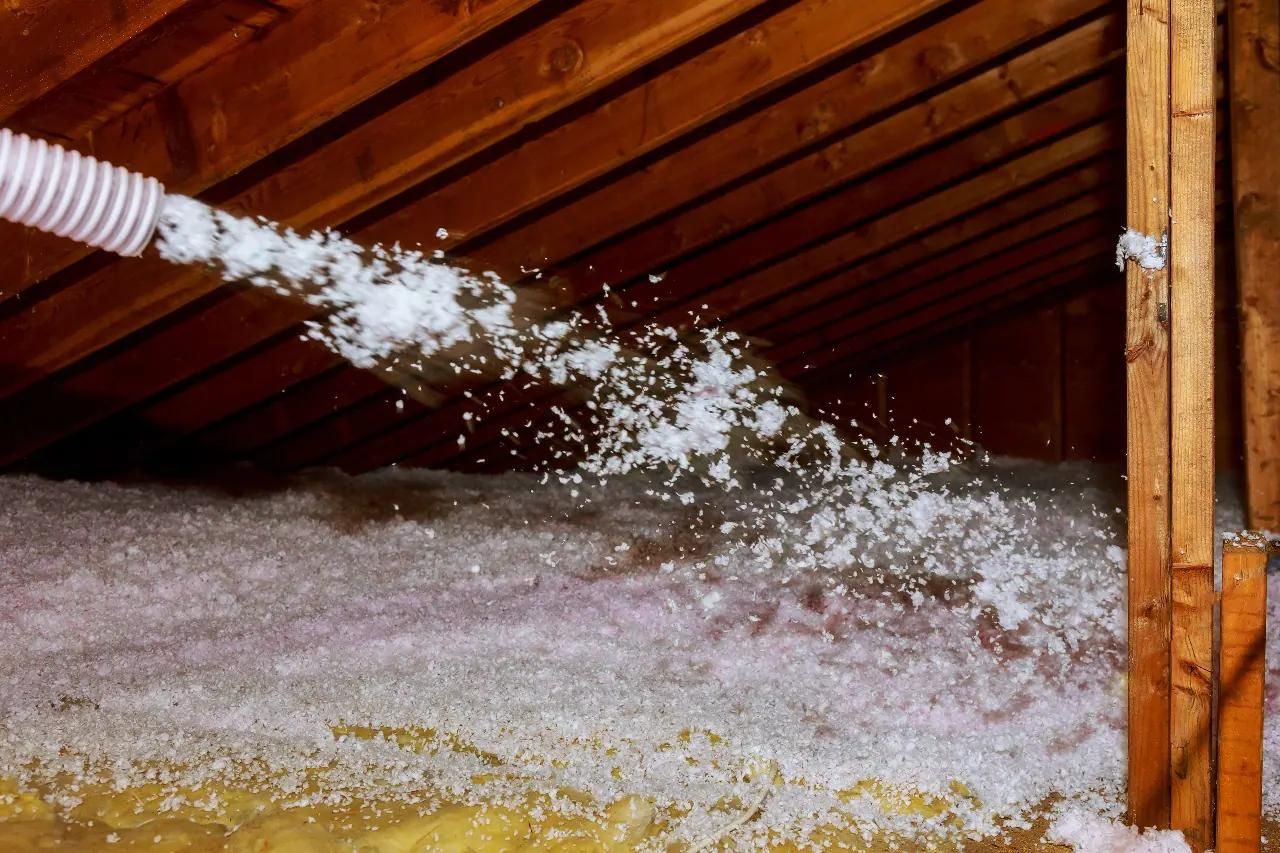

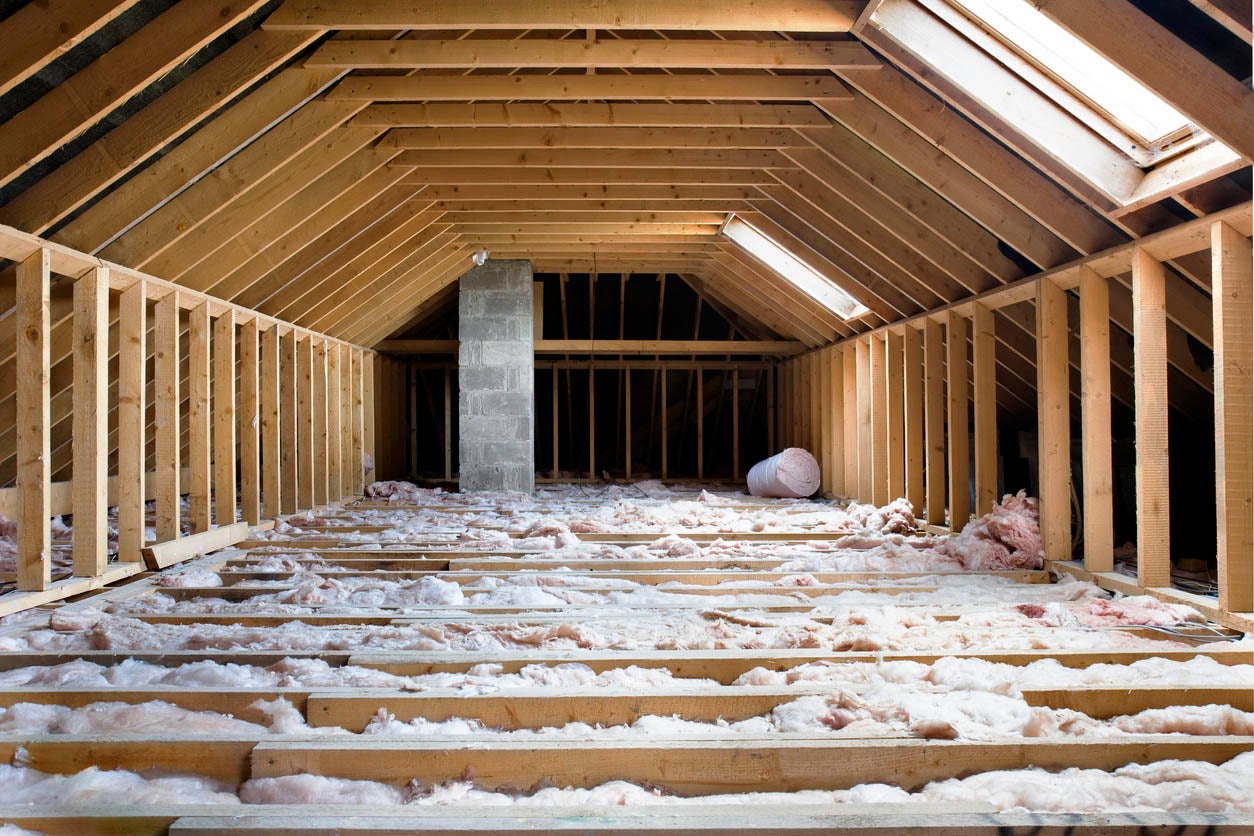
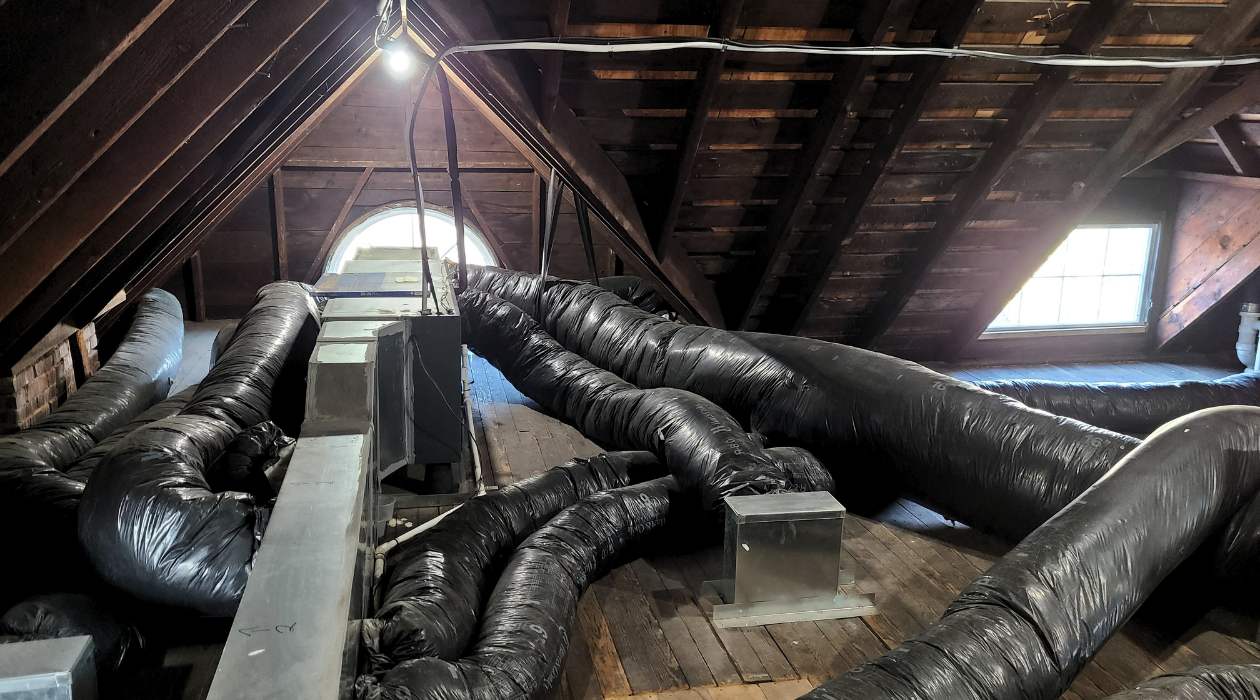
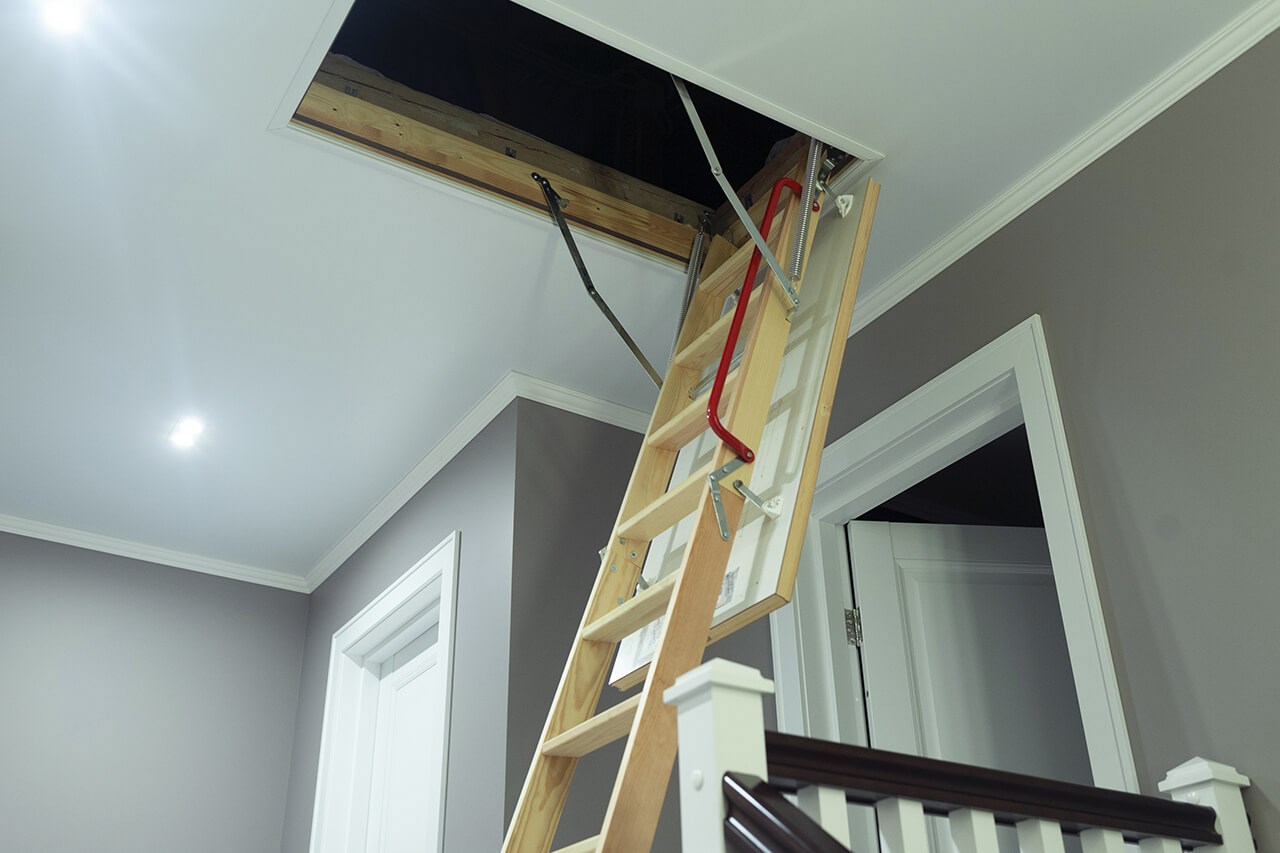

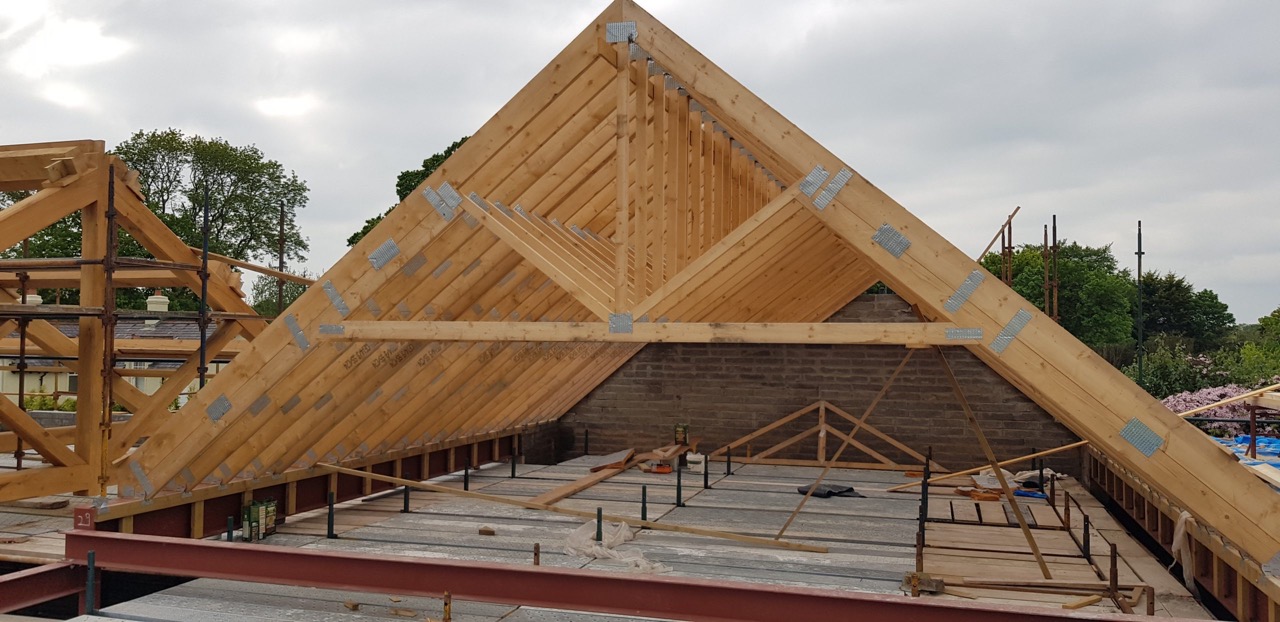

0 thoughts on “How Much Does It Cost To Get Insulation Blown In Attic”